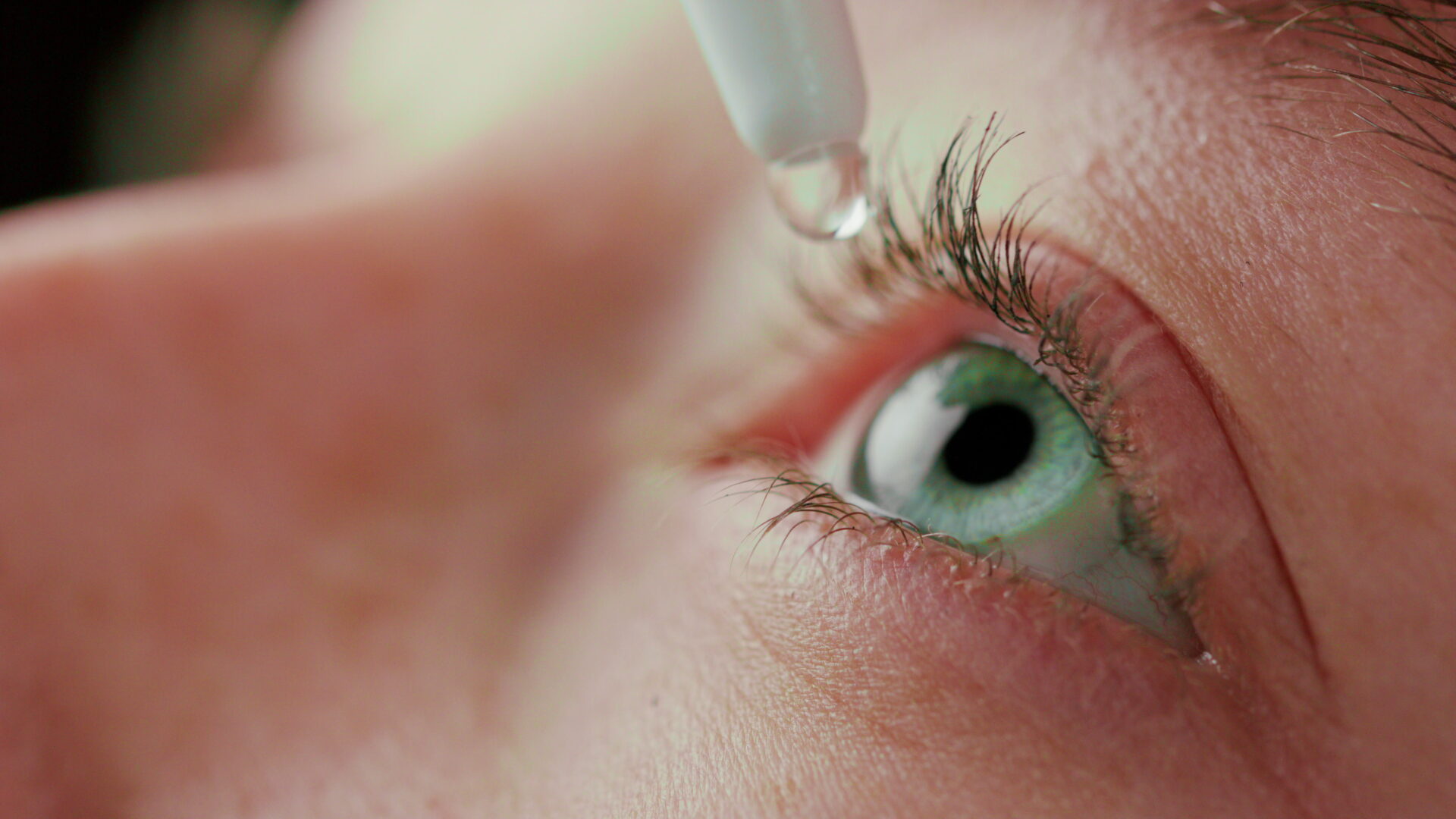Dry eye syndrome is a common condition characterized by insufficient tear production or poor tear quality, leading to discomfort, irritation, and visual disturbances. We offer advanced treatments to alleviate dry eye symptoms and improve ocular health, tailored to your individual needs.
Understanding Dry Eye
Dry eye syndrome can be attributed to various factors, each contributing to the disruption of the delicate balance of tears on the ocular surface. Two common underlying causes of dry eye syndrome are meibomian gland dysfunction (MGD) and aqueous deficiency.
Meibomian Gland Dysfunction (MGD):
Meibomian glands are located within the eyelids and secrete oils that form the outermost layer of the tear film, preventing evaporation and maintaining tear stability. MGD occurs when these glands become blocked or dysfunctional, leading to a decrease in the quantity and quality of meibum (the oily component of tears). Several factors can contribute to MGD:
Obstruction:
Blockages in the meibomian glands can occur due to thickened secretions, inflammation, or skin debris, inhibiting the flow of meibum onto the ocular surface.
Decreased Blinking:
Prolonged periods of screen time or activities that reduce blink frequency, such as reading or driving, can lead to incomplete blinking and inadequate distribution of meibum across the ocular surface.
Inflammation:
Chronic inflammation of the eyelids, which can be caused by ocular rosacea, demodex infestation or blepharitis, can compromise meibomian gland function and exacerbate MGD.
Hormonal Changes:
Fluctuations in hormone levels, such as those associated with menopause or hormonal contraceptives, can impact meibomian gland activity and tear production.
Aqueous Deficiency Dry Eye:
Aqueous deficiency dry eye occurs when there is a decrease in the production or secretion of the aqueous (watery) component of tears by the lacrimal glands. This can result from various factors, including:
Age:
As individuals age, the lacrimal glands may become less efficient, leading to decreased tear production.
Systemic Conditions:
Medical conditions such as Sjögren's syndrome, rheumatoid arthritis, and lupus can affect the function of the lacrimal glands and reduce tear production.
Medications:
Certain medications, including antihistamines, decongestants, antidepressants, and hormone replacement therapies, can cause dry eye as a side effect by reducing tear secretion.
Environmental Factors:
Exposure to dry or windy environments, air conditioning, heating, or smoke can accelerate tear evaporation and exacerbate aqueous deficiency dry eye.
Dry eye can result from various factors, including:
- Environmental factors such as dry air, wind, and pollution
- Aging and hormonal changes
- Medical conditions such as autoimmune diseases, diabetes, and thyroid disorders
- Medications that reduce tear production or affect tear quality
- Prolonged screen time and digital device use
Advanced Treatments
We offer a range of advanced treatments to address dry eye syndrome and provide long-term relief:
Artificial Tears:
Many over-the-counter artificial tears contain preservatives. Chronic exposure can result contribute to symptoms and the progression of dry eye disease. We offer longer-lasting, preservative-free lubricating eye drops or gels can provide immediate relief from dry eye symptoms by supplementing natural tear production and improving moisture retention on the ocular surface, while eliminating exposure to harmful preservatives.
Nutraceuticals (Triglyceride-Based Omega-3):
Omega-3 fatty acids derived from fish oil can help improve tear quality and reduce inflammation, promoting overall eye health and comfort.
Home Thermal Treatments (Warm Compresses):
Applying warm compresses to the eyes helps to unclog meibomian glands, stimulate oil production, and improve tear film stability.
Lid Hygiene:
Proper lid hygiene, including gentle cleansing and massage techniques, can help prevent blockages in the meibomian glands and reduce the risk of inflammation and infection.
Intense Pulsed Light (IPL) Therapy:
IPL therapy targets inflammation and vascular abnormalities in the eyelids, improving meibomian gland function and reducing dry eye symptoms.
Lid Debridement:
Mechanical or manual removal of debris and biofilm from the eyelid margins helps to improve gland function and promote a healthier tear film.
Parmaceuticals:
Restasis, Cequa, Xiidra
Plasma Rich Growth Factor (Endoret):
PRGF therapy utilizes growth factors derived from the patient's blood to promote tissue regeneration and accelerate healing of the ocular surface.
Amniotic Membrane (Lab Amnio):
Application of amniotic membrane tissue to the ocular surface can aid in wound healing, reduce inflammation, and improve tear film stability.
Maskin Probing:
This minimally invasive procedure involves the insertion of probes into the meibomian glands to clear blockages and restore normal gland function.
Experience Relief at Ora Aesthetics
At Ora Aesthetics, we understand the impact that dry eye syndrome can have on your quality of life. Our experienced team is dedicated to providing personalized care and advanced treatments to help you find relief from dry eye symptoms and improve ocular health.
Schedule Your Consultation Today
Ready to experience relief from dry eyes? Schedule a consultation with us today to learn more about our advanced treatments and discover how we can help you achieve greater comfort and clarity of vision.
Ora Aesthetics is committed to providing comprehensive solutions for dry eye syndrome. Contact us today to take the first step towards healthier, happier eyes.
